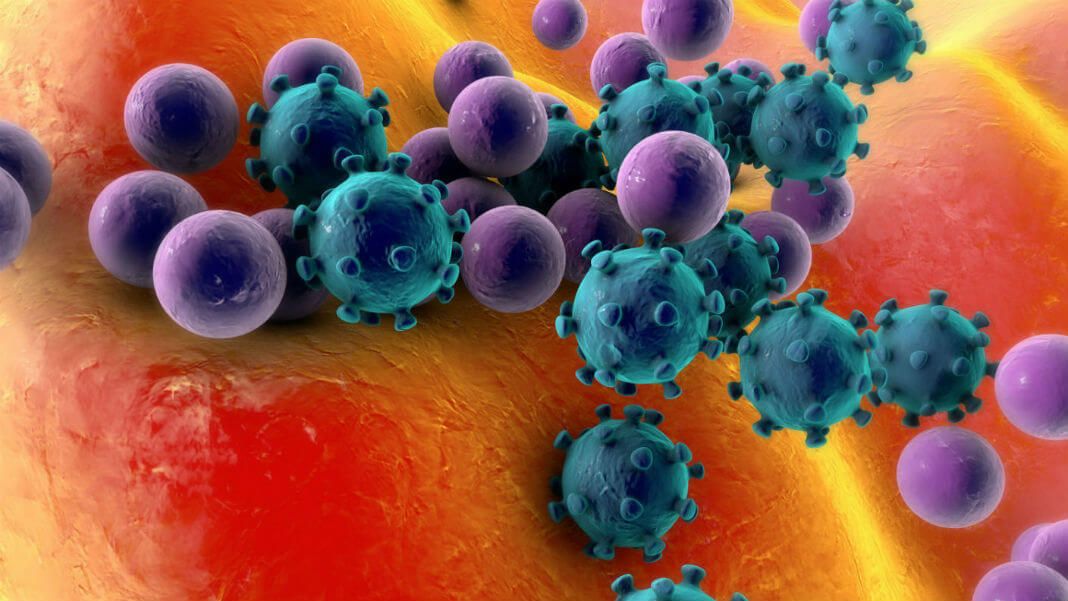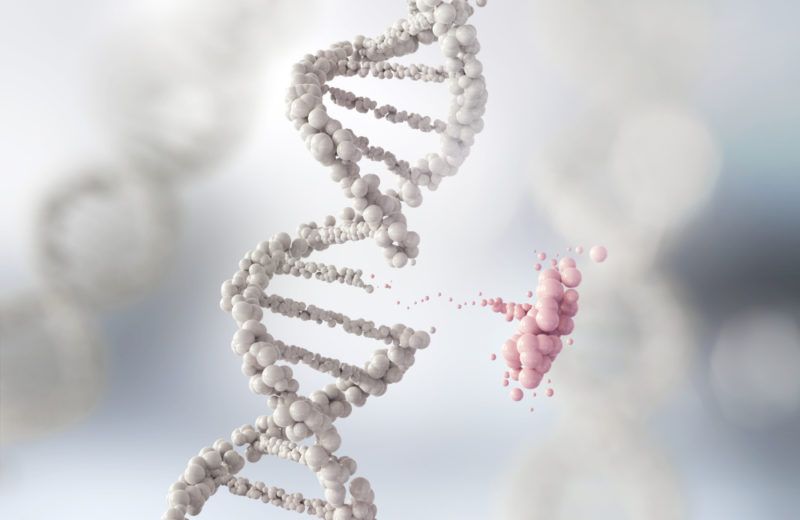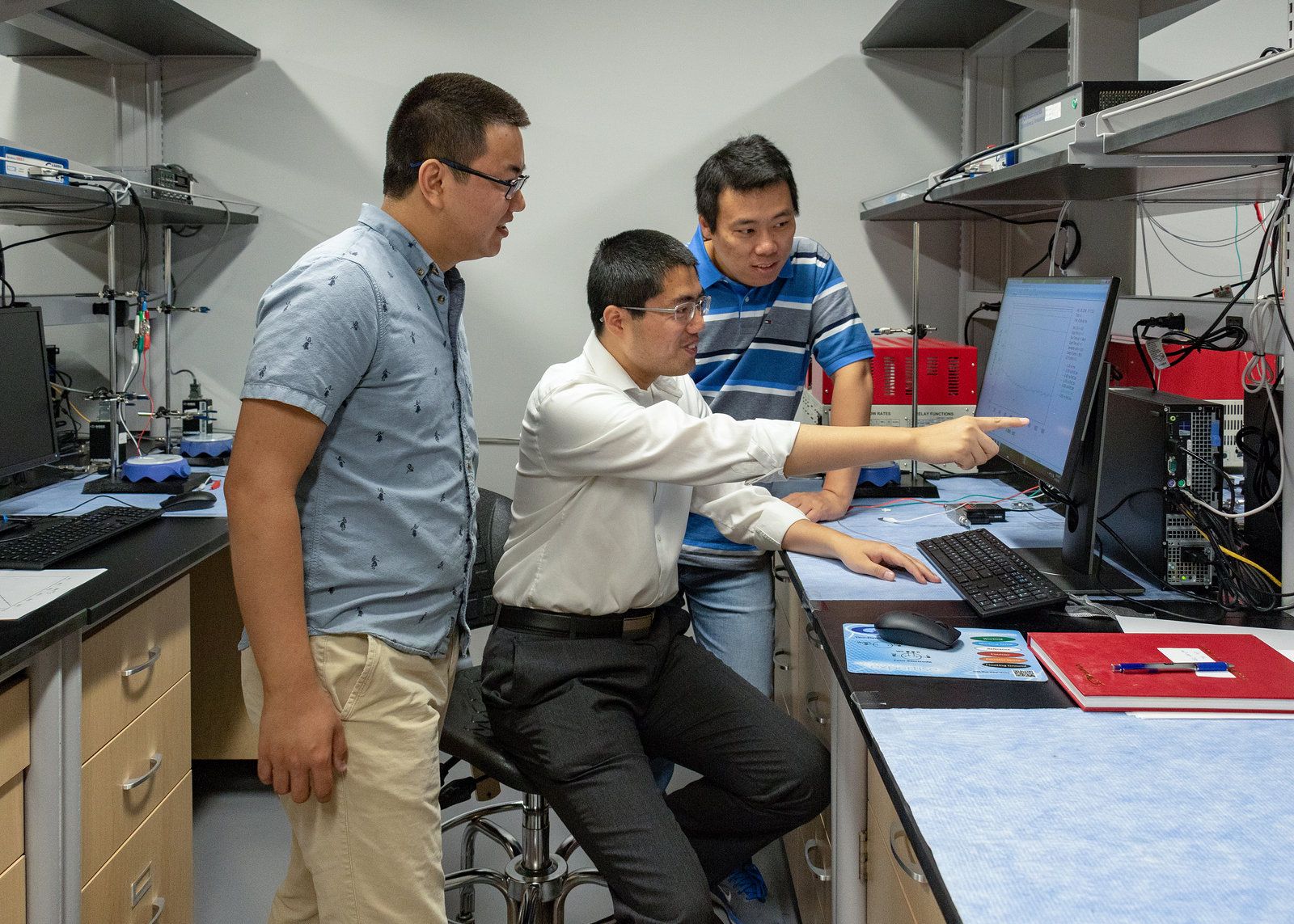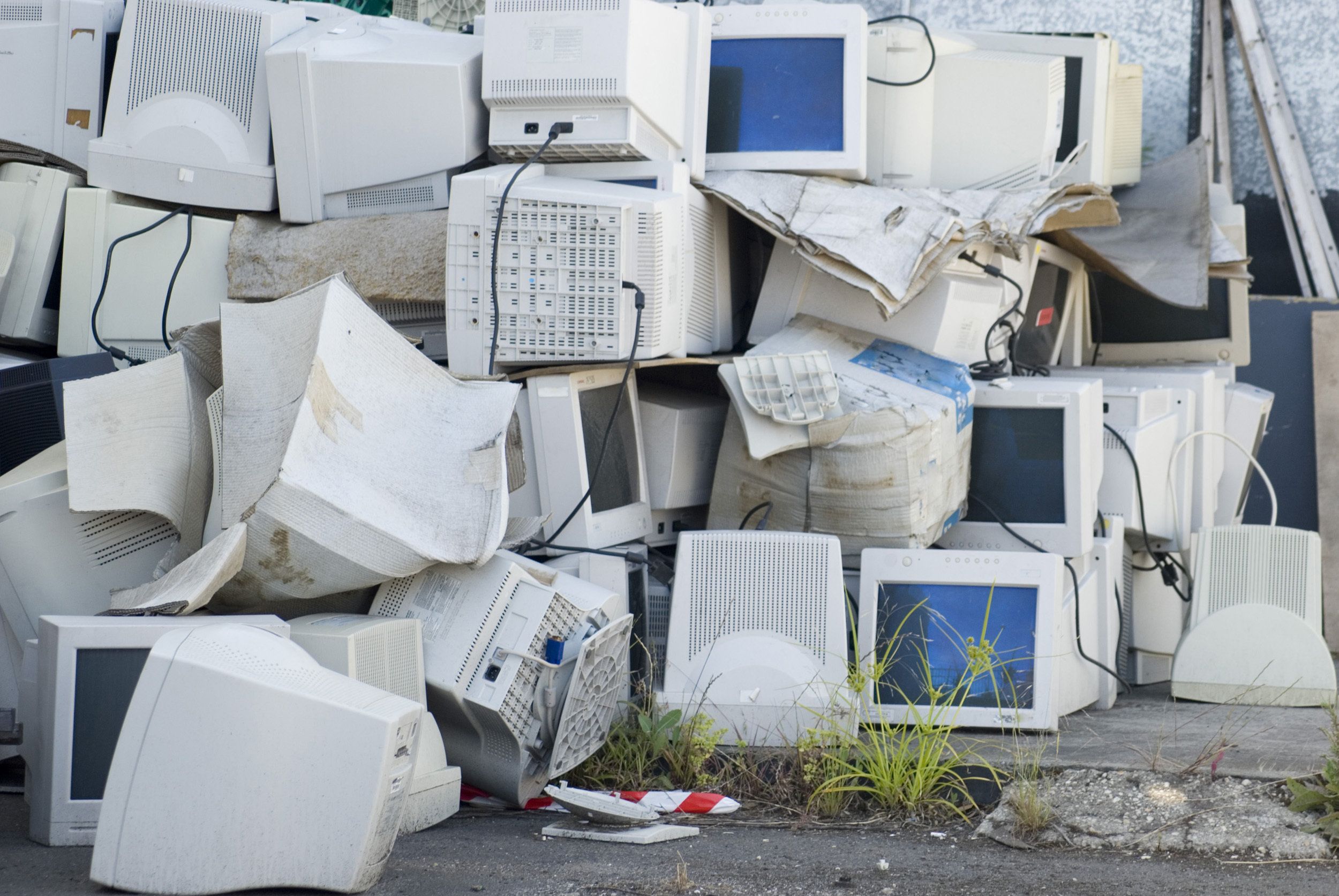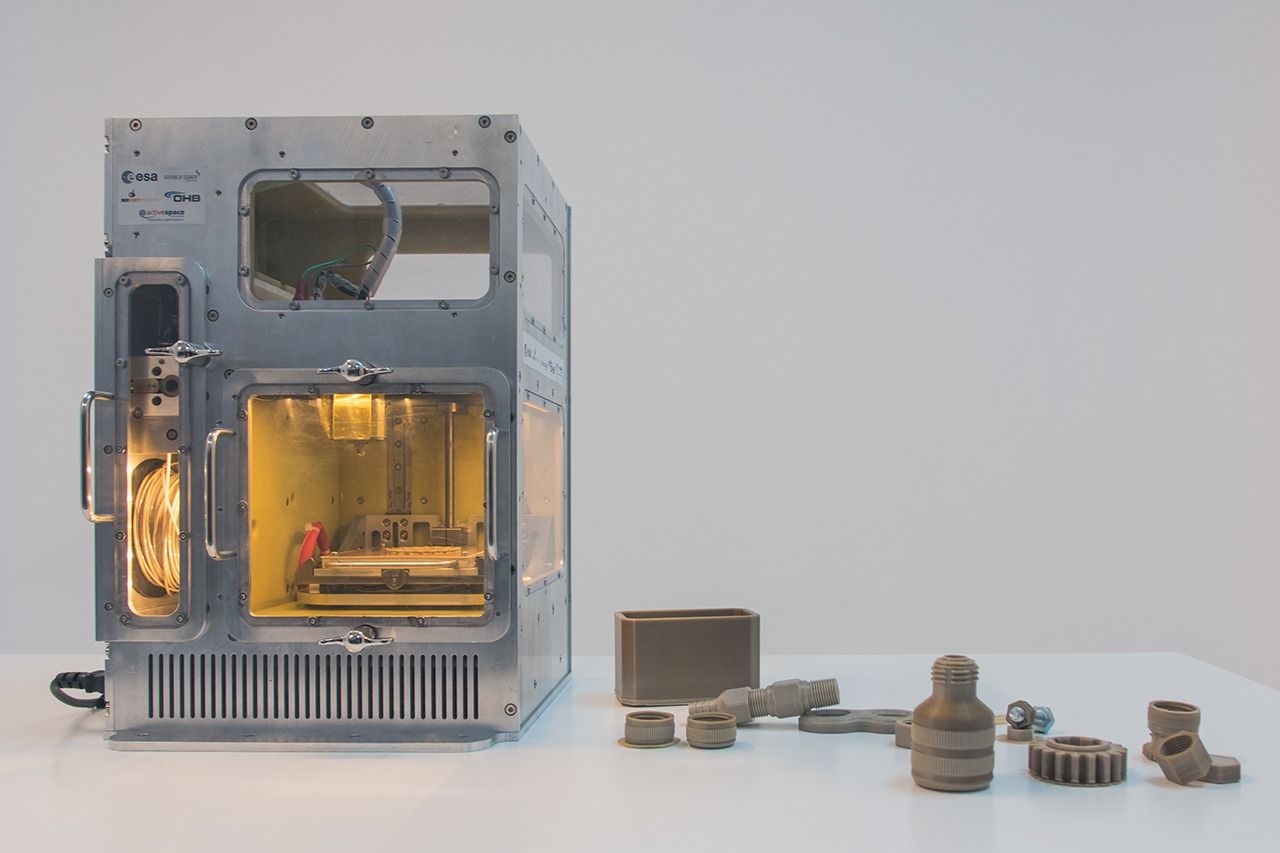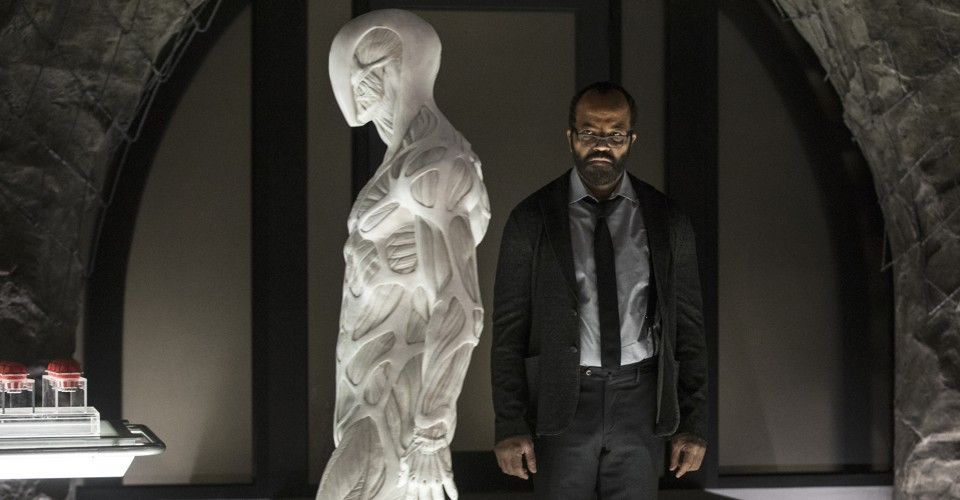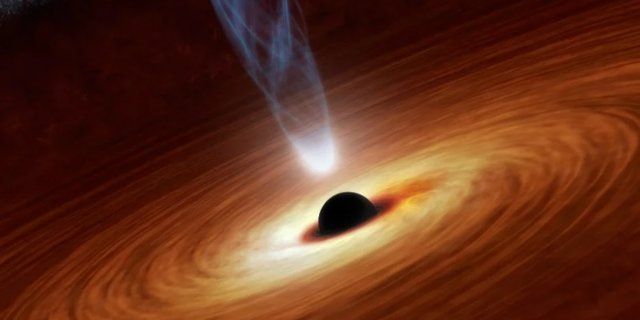Page 9722
May 16, 2018
Scientists Kick Off Synthetic Biology Project to Make Virus-Resistant Super Cells
Posted by Klaus Baldauf in categories: bioengineering, biotech/medical, genetics, life extension
Recently, roughly 200 eminent scientists assembled in Boston. Their agenda? Creating “superhero” human cells impervious to all viral attacks and possibly other killers—radiation, freezing, aging, or even cancer.
The trick isn’t super-soldier serum. Instead, the team is relying on tools from synthetic biology to read the cell’s genetic blueprint and rewrite large chunks of the genome to unlock these superpowers.
“There is very strong reason to believe that we can produce cells that would be completely resistant to all known viruses,” said Dr. Jef Boeke, a geneticist at New York University and a co-leader of the project. “It should also be possible to engineer other traits, including resistance to prions and cancer.”
May 16, 2018
Reviewing Genomic Instability, Cellular Senescence, and Aging
Posted by Steve Hill in categories: biotech/medical, life extension
Today, we wanted to bring your attention to a new review that takes an in-depth look at genomic instability, senescent cell accumulation, and its role in aging.
DNA damage as a driver of aging
Genomic instability, otherwise known as DNA damage, is thought by many researchers to be a primary reason why we age. Damage to, and imperfect repair of, the genomes of stem and progenitor cells causes mutations, which are then passed to the somatic cells they create [1].
Continue reading “Reviewing Genomic Instability, Cellular Senescence, and Aging” »
May 16, 2018
A green approach to making ammonia could help feed the world
Posted by Bill Kemp in categories: energy, food, physics, sustainability
A UCF research team with collaborators at Virginia Tech have developed a new “green” approach to making ammonia that may help make feeding the rising world population more sustainable.
“This new approach can facilitate ammonia production using renewable energy, such as electricity generated from solar or wind,” said physics Assistant Professor Xiaofeng Feng. “Basically, this new approach can help advance a sustainable development of our human society.”
Ammonia, a compound of nitrogen and hydrogen, is essential to all life on the planet and is a vital ingredient in most fertilizers used for food production. Since World War I, the ammonia in fertilizer has been primarily produced using the Haber-Bosch method, which is energy and fossil-fuel intensive. There have been substantial obstacles to improving the process, until now.
May 16, 2018
Almost everything you know about e-waste is wrong
Posted by Bill Kemp in categories: computing, economics, health
Many of us think we know what electronic waste is because we wonder what to do with devices we no longer want or need.
It’s the old cellphone and its charger stuffed in the drawer.
It’s that old laptop, monitor or printer packed behind the door or in the basement.
Continue reading “Almost everything you know about e-waste is wrong” »
May 16, 2018
Hawaii goes on RED ALERT for ‘major eruption’ of Kilauea volcano
Posted by John Gallagher in category: futurism

Hawaii’s Kilauea volcano could have a major devastating eruption at ‘any time’, the US Geographical Survey has said.
The volcano has been erupting for 10 days, and more than 2000 residents have already been evacuated.
Continue reading “Hawaii goes on RED ALERT for ‘major eruption’ of Kilauea volcano” »
May 16, 2018
European Space Agency receives prototype microgravity 3D printer
Posted by Klaus Baldauf in categories: 3D printing, space
After two years in development, Project MELT (Manufacturing of Experimental Layer Technology) has resurfaced with a prototype microgravity 3D printer.
Made for the European Space Agency (ESA) the Additive Layer Manufacturing (ALM) breadboard machine is designed to 3D print high performance polymers aboard the International Space Station (ISS) and other off-world locations.
May 16, 2018
‘Westworld’ and the Question of Immortality
Posted by Derick Lee in categories: life extension, robotics/AI, sex
Westworld’s first season was largely focused on the abuse of artificial life, given that the park hosts’ purpose almost exclusively revolved around sex, violence, and suffering. The freedom Dolores and her ilk were fighting for was simple consciousness—a right to their own memories and self-awareness. In just the first four episodes, Westworld’s second season has exploded that basic quest into all kinds of fascinating directions, but “The Riddle of the Sphinx” was the first to really grapple with one of the most obvious questions in AI, which is: Isn’t artificial intelligence the key to immortality?
Three Atlantic staffers discuss “The Riddle of the Sphinx,” the fourth episode of Season 2.
May 15, 2018
An asteroid the size of the Statue of Liberty is set to narrowly miss Earth tonight
Posted by Michael Lance in category: space
Don’t panic.
An asteroid the size of the Statue of Liberty is set to narrowly miss Earth on Tuesday evening. Luckily, it won’t actually smack into our planet or cause any da.
May 15, 2018
The fastest-growing black hole in the universe eats a sun every 48 hours — and astronomers have found it
Posted by Michael Lance in category: cosmology
It’s growing so rapidly that it’s shining thousands of times more brightly than an entire galaxy.
A “supermassive” black hole swallowing up the mass of our sun every two days has been found by Australian astronomers.
Astronomers at the Australian National University (ANU), led by Dr Christian Wolf of the Research School of Astronomy and Astrophysics, found the fastest-growing black hole known in the universe by looking back more than 12 billion years to what they call “the early dark ages of the universe.”

